Disclosure: This article contains affiliate links. We may earn a commission from purchases at no extra cost to you, which helps our travel content.
Standing at the intersection of East and West, I've found that certain destinations speak to each other across continents in unexpected ways. Malacca's Portuguese-influenced streets and the Amalfi Coast's Mediterranean charm may seem worlds apart, but both offer the mindful luxury traveler remarkable parallels—colonial heritage preserved in living communities, culinary traditions that blend diverse influences, and spiritual touchpoints that ground even the most seasoned explorer. Join me on a transformative two-week journey connecting these heritage gems.
The Harmonious Heritage of Malacca: Where Cultures Converge
My arrival in Malacca felt like stepping into a living museum where Portuguese, Dutch, British, and Chinese influences have created something entirely unique. After checking into The Majestic Malacca, a meticulously restored 1920s mansion, I spent my first morning wandering through Jonker Street, where heritage shophouses now house artisanal boutiques and galleries.
The Baba-Nyonya Heritage Museum offered profound insights into the Peranakan culture—a beautiful blend of Chinese and Malay traditions that emerged during colonial times. What struck me most was how this cultural fusion manifests in everything from architecture to cuisine.
As the afternoon heat intensified, I retreated to my hotel's spa for a traditional Peranakan treatment. The therapist used a cooling jade roller as part of the facial ritual—a technique I've since incorporated into my travel wellness routine to combat jet lag and environmental stressors.
Each evening in Malacca became a culinary adventure. At Nancy's Kitchen, I savored authentic Nyonya dishes like laksa and ayam pongteh, noting how Portuguese, Dutch, and Chinese techniques had merged over centuries into something distinctively Malaysian. This culinary fusion parallels what I would later discover along the Amalfi Coast, where Arab influences subtly shaped Southern Italian cuisine.
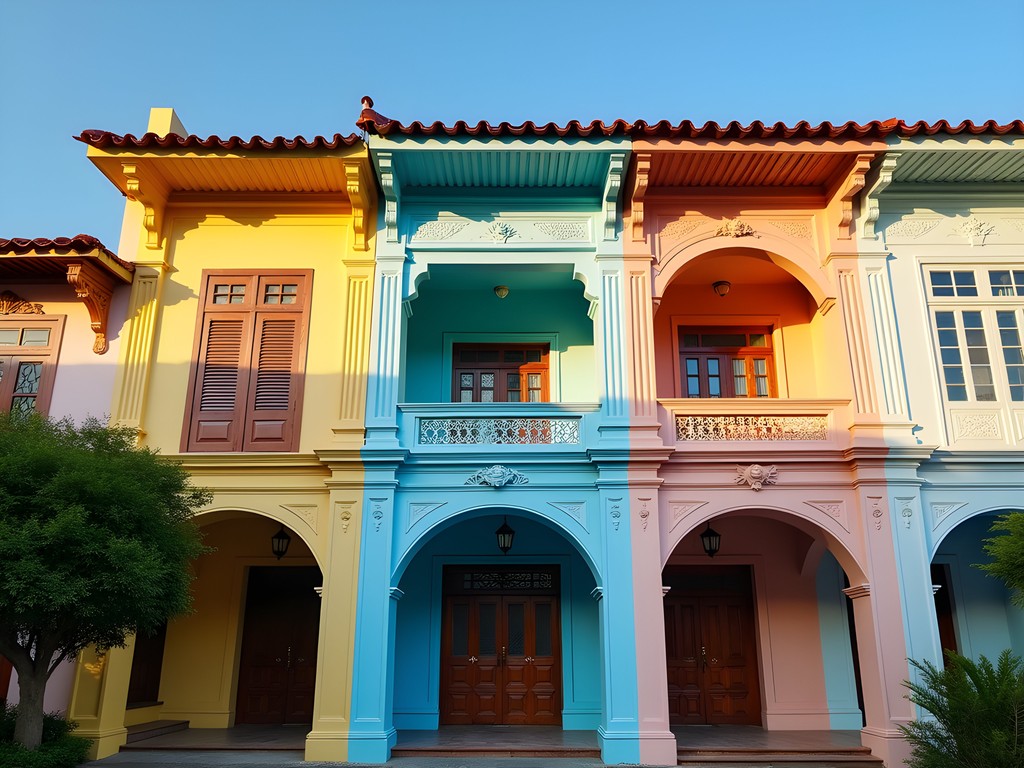
💡 Pro Tips
- Book The Majestic Malacca at least three months in advance—its limited rooms fill quickly during spring season
- Visit Jonker Street on Friday evenings when the night market transforms the experience
- Arrange a private guide through your hotel for deeper insights into Peranakan culture
Spiritual Touchpoints: From Cheng Hoon Teng to Ravello's Duomo
My spiritual exploration of Malacca began at Cheng Hoon Teng, Malaysia's oldest functioning temple. As incense spiraled toward ornate ceilings, I observed devotees practicing traditions unchanged for centuries. The temple's preservation of Taoist, Confucian, and Buddhist practices within a single compound reflects Malacca's remarkable religious tolerance—something I've found increasingly precious in today's world.
Just steps away stands St. Paul's Church, with Portuguese tombstones and Dutch architectural elements telling stories of colonial transitions. I spent a contemplative hour here with my meditation cushion, which has become an essential companion for finding moments of stillness in historically significant spaces.
Weeks later in Ravello, perched high above the Amalfi Coast, I experienced similar spiritual resonance in the town's 11th-century Duomo. The Byzantine pulpit and Moorish-influenced architectural details revealed Italy's own history of cultural exchange. During an early morning visit before other tourists arrived, the cathedral's silence offered the same centering peace I'd found in Malacca's temples.
Both destinations reminded me that sacred spaces often transcend their religious origins to become universal sanctuaries for contemplation—something particularly valuable for today's luxury traveler seeking meaning beyond material comforts.

💡 Pro Tips
- Visit Cheng Hoon Teng early morning (before 9am) to observe morning prayers and avoid crowds
- Bring a light wrap for temple and church visits as a sign of respect and for comfort in air-conditioned spaces
- Consider engaging a cultural historian in both destinations for deeper spiritual context
Sustainable Luxury Transportation: Navigating Heritage Corridors
Transitioning between these heritage sites requires thoughtful transportation planning. In Malacca, I embraced the traditional trishaw—now electrified in many cases—for short distances. These colorful vehicles, adorned with artificial flowers and LED lights, offer both a sustainable option and support for local operators.
For day trips to surrounding areas like the Stadthuys and Portuguese Settlement, I arranged a private driver through the hotel, specifically requesting a hybrid vehicle. Many luxury properties in Malacca now maintain small fleets of electric vehicles for environmentally conscious guests.
Along the Amalfi Coast, transportation presents different challenges. The narrow coastal road demands experienced drivers, so I engaged a local service with a luxury electric vehicle for transfers between towns. This eliminated the stress of navigating hairpin turns while minimizing my carbon footprint.
In Positano and Ravello, I discovered the joy of exploration on foot—the vertical towns are best experienced through leisurely climbs up ancient staircases that reveal hidden gardens and unexpected vistas. For longer coastal journeys, the ferry network provides both practical transportation and spectacular perspectives on the dramatic landscape.
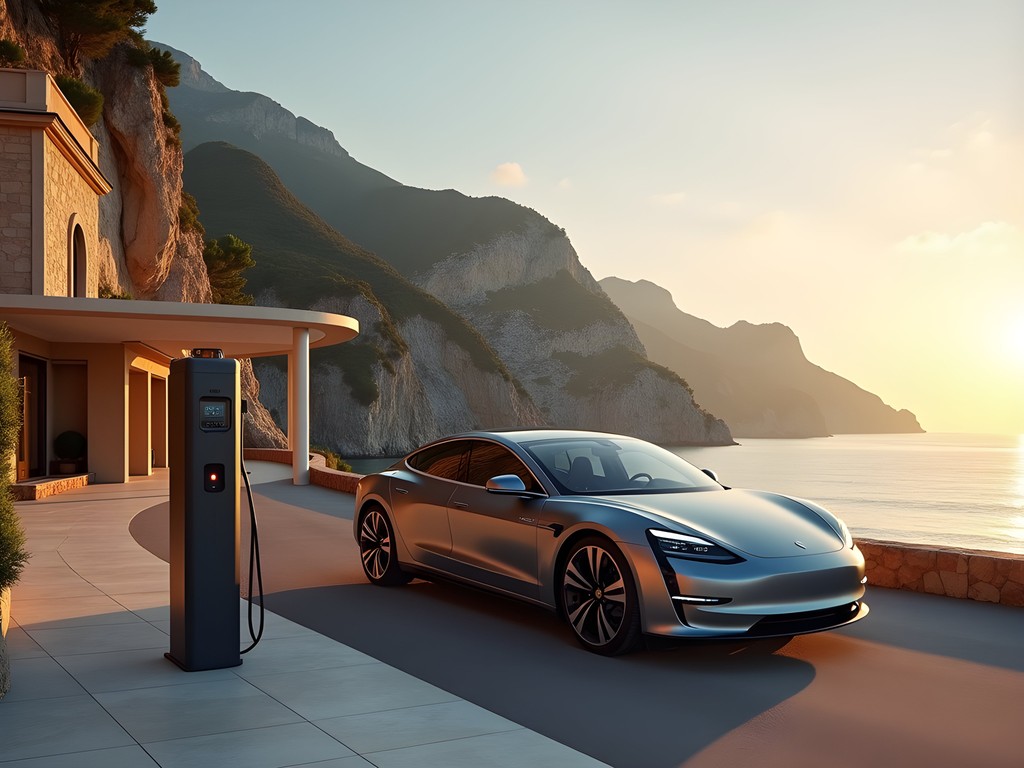
💡 Pro Tips
- Download the Moovit app for real-time public transportation information in both regions
- Request electric vehicle options when booking hotel transfers—most luxury properties now offer them
- Consider hiring a private boat for coastal exploration rather than joining crowded tour groups
Culinary Heritage: From Nyonya Cuisine to Mediterranean Traditions
The culinary parallels between these destinations reveal how trade routes and colonial influences shape food traditions. In Malacca, I arranged a private cooking class with a Nyonya chef who demonstrated the precise balance of sweet, sour, and spicy elements that define this cuisine. The ceramic spice grinder I purchased afterward has become a treasured souvenir that continues to enhance my home cooking.
Malacca's night markets offered another dimension of culinary exploration. At Capitol Satay, I experienced the ritual of satay celup—selecting skewers of fresh ingredients to cook in communal peanut sauce. This interactive dining parallels the Mediterranean tradition of shared plates I would later enjoy along the Amalfi Coast.
In Amalfi, I discovered how Arab traders introduced citrus cultivation centuries ago, transforming the region's cuisine. During a private lemon grove tour in Ravello, I sampled rare citrus varieties while learning traditional limoncello production methods. The artisanal citrus press I found in a small Positano boutique now holds a place of honor in my kitchen, a daily reminder of sun-drenched coastal memories.
At Don Alfonso 1890 near Sorrento, I experienced farm-to-table dining at its finest. The restaurant's organic farm produces ingredients for dishes that honor tradition while embracing innovation—much like the evolutionary cuisine I'd experienced in Malacca.
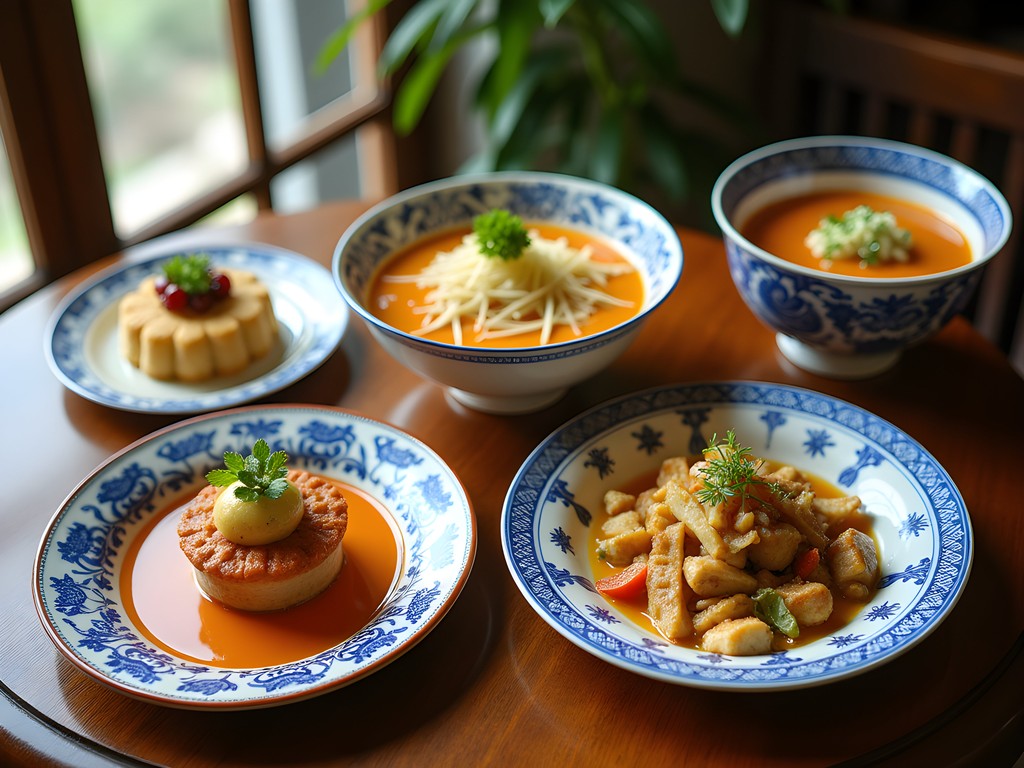
💡 Pro Tips
- Book the private Nyonya cooking class at The Majestic Malacca at least two weeks before arrival
- Request vegetarian options when booking fine dining experiences—both cuisines offer sophisticated plant-based traditions
- Visit markets early morning when local chefs select their ingredients for the freshest produce
Artisanal Heritage: Supporting Local Craftsmanship
Both destinations maintain living traditions of craftsmanship that provide meaningful souvenirs beyond typical tourist offerings. In Malacca's Harmony Street, I discovered Raymond Siew's beaded shoe workshop, where Peranakan wedding footwear is still handcrafted using techniques passed down through generations. After a fascinating conversation about his family's history, I commissioned a pair of beaded slippers that arrived at my home months later—a wearable artwork connecting me to Malacca's heritage.
For those interested in Peranakan textiles, I recommend visiting the small workshop behind the Baba Nyonya Museum where artisans demonstrate traditional embroidery techniques. I purchased a silk scarf with hand-embroidered motifs that has become a versatile addition to my travel wardrobe.
In Positano, I spent an afternoon at a family-run sandal workshop where the craftsman measured my feet for custom leather sandals completed within 24 hours. Nearby, ceramic workshops in Vietri sul Mare continue majolica traditions introduced during Arab rule. The ceramic olive oil dispenser I selected features hand-painted lemons that evoke the region's sunlit terraces.
These artisanal experiences offer more than beautiful acquisitions—they provide direct financial support to cultural preservation efforts and create meaningful connections with local communities.

💡 Pro Tips
- Allow at least one full day in each destination dedicated to artisanal exploration
- Bring cash in small denominations as many smaller workshops have limited card facilities
- Ask your hotel concierge to arrange private workshop visits—many artisans welcome serious collectors by appointment
Final Thoughts
As my journey between Malacca and the Amalfi Coast concluded, I found myself reflecting on how these seemingly disparate destinations share profound commonalities—each preserving multicultural heritage while evolving into modern luxury experiences that respect their historical foundations. Both offer the mindful traveler opportunities for deeper connection through sustainable exploration, cultural engagement, and spiritual reflection.
The true luxury of these destinations lies not in their accommodations or amenities—though both excel in these areas—but in their authenticity and living traditions. By approaching these heritage corridors with respect and curiosity, we participate in their preservation while enriching our own understanding of our interconnected world.
As you plan your own East-meets-West journey, I encourage you to build in unstructured time for serendipitous discoveries and meaningful conversations. The most valuable souvenirs from both Malacca and the Amalfi Coast are the perspectives gained and connections formed—treasures that continue to inform how I navigate both my professional coaching practice and personal explorations long after returning home.
✨ Key Takeaways
- Both destinations offer luxury experiences grounded in authentic cultural heritage rather than manufactured exclusivity
- Sustainable transportation options enhance rather than diminish the luxury travel experience in heritage corridors
- Supporting artisanal craftsmanship provides meaningful souvenirs while contributing to cultural preservation
- Building flexibility into your itinerary allows for deeper connections with local communities
📋 Practical Information
Best Time to Visit
March to May for both destinations offers ideal weather and fewer crowds
Budget Estimate
$15,000-$20,000 for two weeks including luxury accommodations, private guides, and fine dining experiences
Recommended Duration
Minimum 5 days in each destination with 2 days for transition
Difficulty Level
Moderate
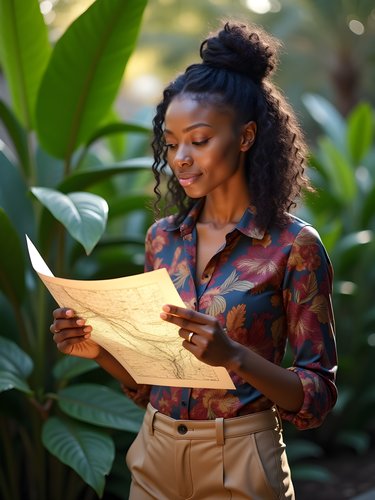
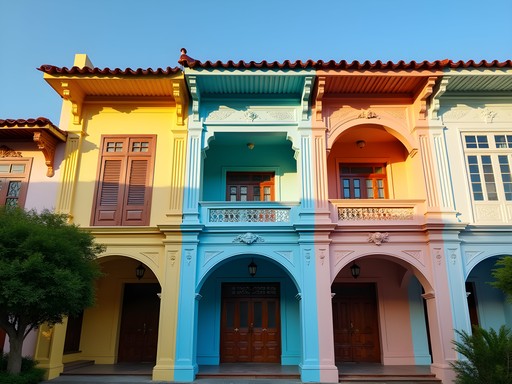







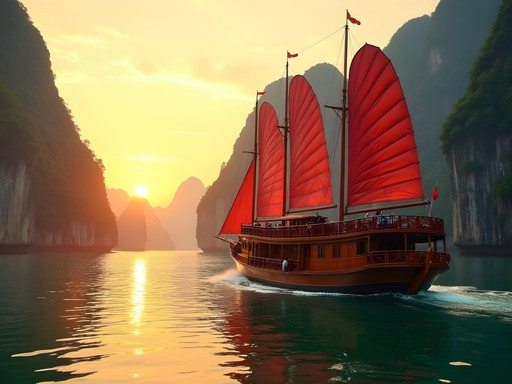

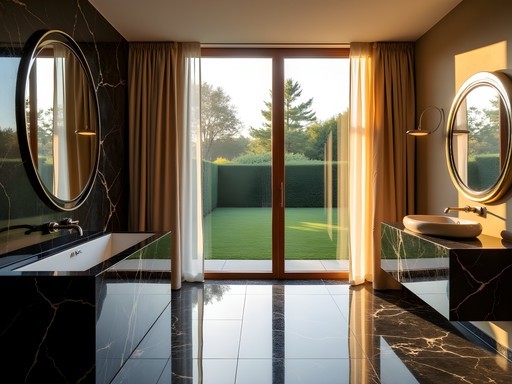
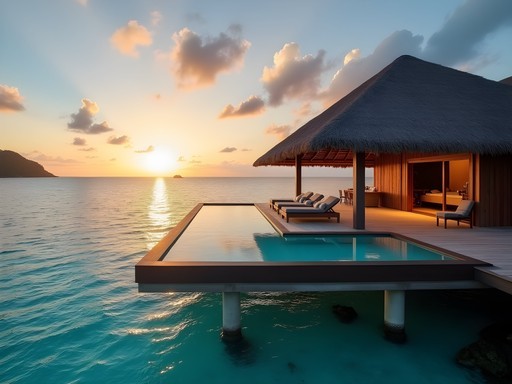
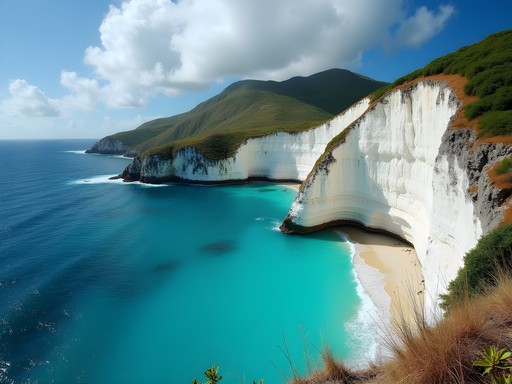

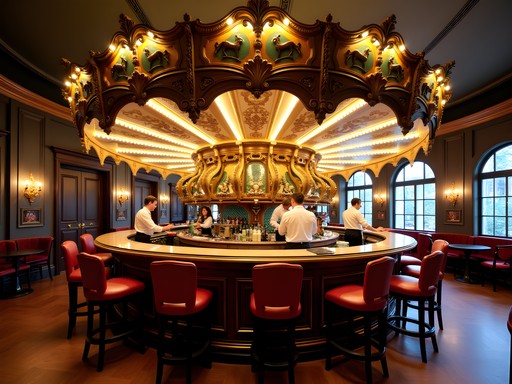
Comments
moonblogger
I've been to both places and never made this connection! The Nyonya cuisine in Malacca was one of my favorite food experiences ever - that perfect blend of Chinese ingredients with Malay spices. And then the lemon pasta in Amalfi... both places really do showcase how cultural blending creates something special. Did you try the cendol in Malacca? I'm still dreaming about it years later!
Sophia Gomez
The cendol is incredible! I actually took a cooking class in Malacca where we learned to make traditional Nyonya dishes and then did something similar along the Amalfi Coast. Both experiences highlighted how geography and trade routes shaped these distinct but somehow parallel culinary traditions. If you're heading back to either place, I'd definitely recommend a cooking experience!
moonblogger
A cooking class is such a good idea! Adding that to my list for next time.
sunnyrider
Never thought about comparing these two places but it makes so much sense! The Portuguese influence in Malacca is fascinating.
moonblogger
Right? I visited Malacca last year and kept thinking it reminded me of somewhere in Europe but couldn't place it. Now it clicks!
blueguide
Just got back from the Amalfi Coast and your comparison with Malacca is fascinating! We stayed in Ravello and those views are exactly as breathtaking as you described. The heritage hotels are pricey but worth every penny for the experience. We used Rick Steves' guidebook which had some great walking tours through the historical parts. Now I'm intrigued about Malacca! How difficult is it to navigate if you don't speak the local language? And is a week enough time there?
Frank Garcia
Not Mia, but I found Malacca very easy to navigate as an English speaker! Most people in the tourist areas speak English, and signage is often multilingual. A week is perfect - gives you time to explore the historical center thoroughly and take day trips to surrounding areas. The food markets alone deserve multiple visits!
blueguide
That's great to know, Frank! Adding it to my list for 2026. The food markets sound amazing.
oceanking
Your photos are stunning! Which did you prefer for seafood - Malacca or Amalfi?
Mia Carter
Thank you! Tough question - they're so different! Amalfi's seafood is Mediterranean perfection (the simplicity of fresh caught fish with lemon and olive oil), while Malacca's seafood often incorporates those amazing spice blends. For pure seafood, Amalfi edges it out, but Malacca's Nyonya-style fish dishes have more complex flavors.
oceanking
Sounds amazing! I'm a spice lover so might need to prioritize Malacca first. Thanks!
Frank Garcia
What a thoughtful comparison between these two heritage gems! I backpacked through Malacca last year and was struck by exactly what you mentioned - that beautiful confluence of cultures. The Portuguese influence is so unexpected yet seamlessly integrated. I found the night markets particularly fascinating - the way traditional Nyonya cuisine has evolved while maintaining its heritage essence. One thing I'd add about sustainable transport in Malacca - the trishaw rides might seem touristy, but they're actually a great way to support local drivers who've been maintaining this tradition for generations. Just make sure to negotiate prices upfront! Did you try the river cruise in Malacca? Offers a completely different perspective of the city.
Mia Carter
Frank, you're absolutely right about the trishaws! They're not just transportation but living heritage. And yes, I did the river cruise at sunset - magical way to see the city transform. The murals along the riverbanks tell such fascinating stories!
adventurepro
Beautiful comparison! I've been to the Amalfi Coast but never Malacca. Would you say it's worth visiting both on the same trip or are they better as separate adventures?
Mia Carter
Thanks adventurepro! I'd recommend them as separate trips - they're both worth savoring independently. The flight between Asia and Europe is quite long, and each destination deserves at least a week to fully appreciate.
adventurepro
Makes sense! Adding Malacca to my list for next year then. Appreciate the advice!
waveace4501
Your Nyonya cuisine section made me hungry! Those flavor combinations are unmatched.
Sophia Gomez
Right? I still dream about the laksa I had in Malacca. @MiaCarter did you have a favorite Nyonya dish from your visit?
MiaCarter
Definitely the ayam pongteh (chicken stew with fermented soybean paste)! I actually took a cooking class there and learned to make it - happy to share the recipe if anyone's interested!
islandpro
Yes please share the recipe! Would love to try making it!
redperson
If anyone's heading to Malacca, the river cruise at sunset is totally worth it! Great way to see the street art and historic buildings from a different angle. We did it right before dinner and the lighting was perfect for photos.
Jean Wells
Having lived in Asia for 20+ years and regularly visiting Europe, I appreciate this East-West dialogue you've created. Malacca's historical narrative is often overshadowed by more popular Malaysian destinations, yet it offers such rich cultural complexity. One element I'd add to your comparison is the colonial architectural influence - the Dutch Square in Malacca and the Norman-Arab influences in Amalfi both reflect how external powers shaped local identity. For visitors to either destination, I recommend exploring early morning before the tour groups arrive. The silence of Jonker Street at 7am is as magical as an empty Positano beach at dawn.
redperson
Jean, your early morning tip is gold! Did that in Malacca and got amazing photos without the crowds.
journeyace826
Those sunset pics from Ravello are STUNNING! Major travel envy right now!
Venture X
Premium card with 2X miles, $300 travel credit, Priority Pass